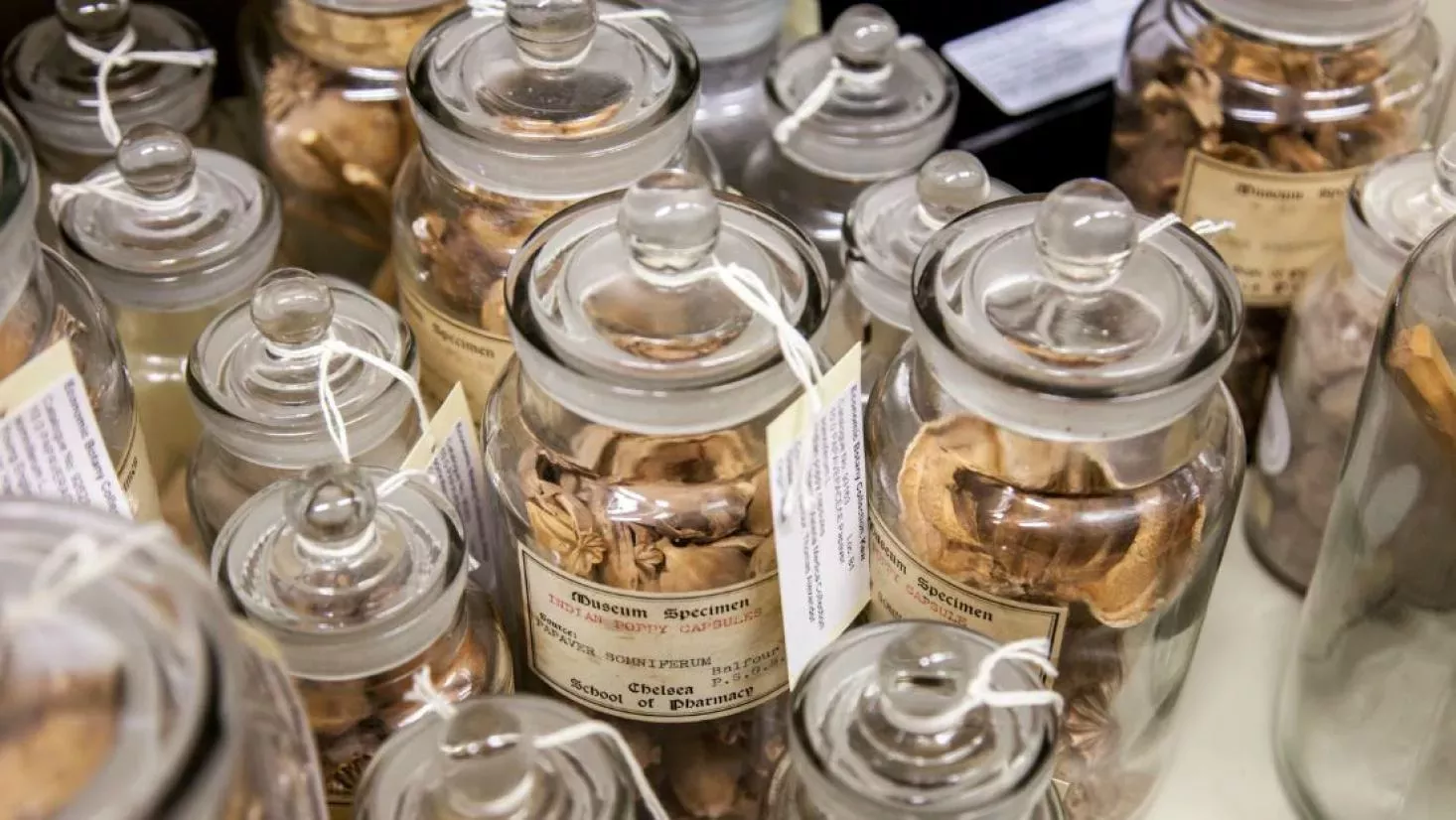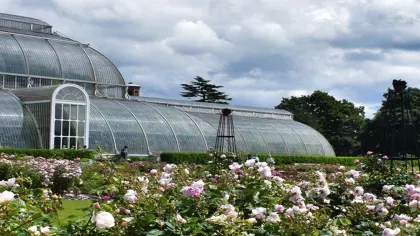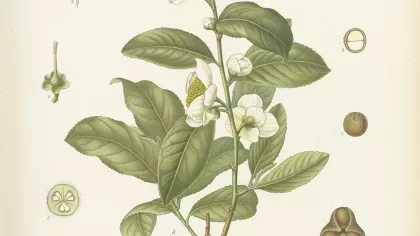21 May 2020
Bring lavender into your home
Lavender has long been thought to have therapeutic benefits, particularly around sleep and relaxation.

Sweeping purple fields of lavender (Lavandula) are a staple of the European countryside, budding up from May and bursting into bloom across the summer season.
From aromatherapy to drawer liners, this heady-scented plant has been a steadfast part of home ambiance for centuries.
In fact, it was believed to be first used by the Ancient Egyptians when mummifying bodies.
Derived from the Latin lavare (to wash), it’s clear why the calming, fragrant notes from this plant are found in many beauty products, and even Kew soap.
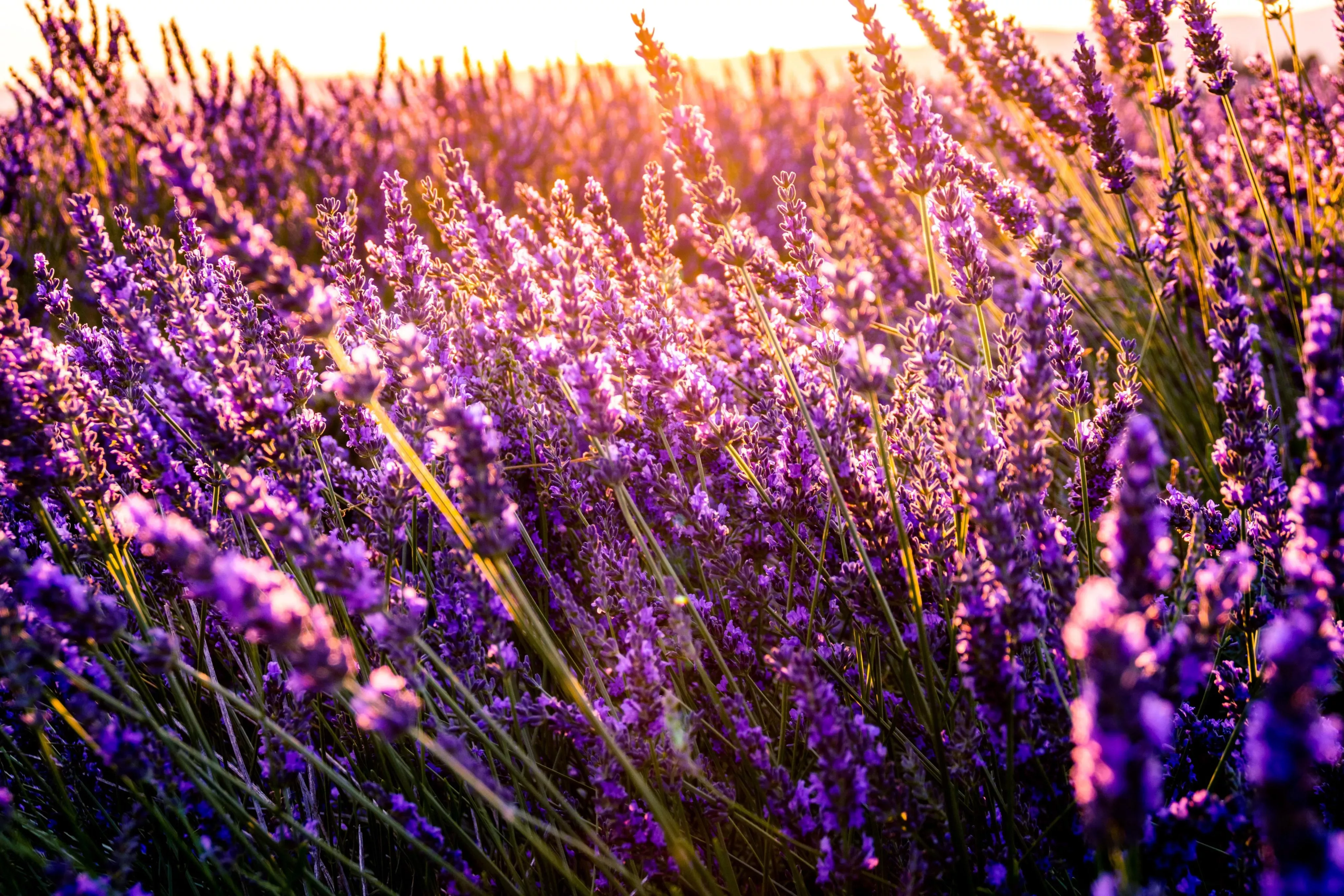
Lavender to help you sleep
It’s widely thought that lavender can help you combat stress and help you fall asleep.
Lavender contains a substance called linalool – something you might also find in your cosmetics.
This substance affects the signals bewteen nerve cells in your brain and this can help you relax. It increases your theta and alpha wave activities, which are associated with drowsiness and the feeling of calm.
But be careful: Some people may experience irritation or allergic reactions to lavender, and when distilled into an oil, it can be toxic if ingested.
Did you know?
The chemist René-Maurice Gattefossé coined the term aromathérapie.
In 1910, a chemical accident covered him in burning substances.
He rinsed his injury that gas gangrene damage in lavender essential oil, preventing a further spread. He also noticed that the burns healed faster than other injuries he had suffered.
Later, Gattefossé worked with doctors in WW1 to treat French soldiers with essential oils.
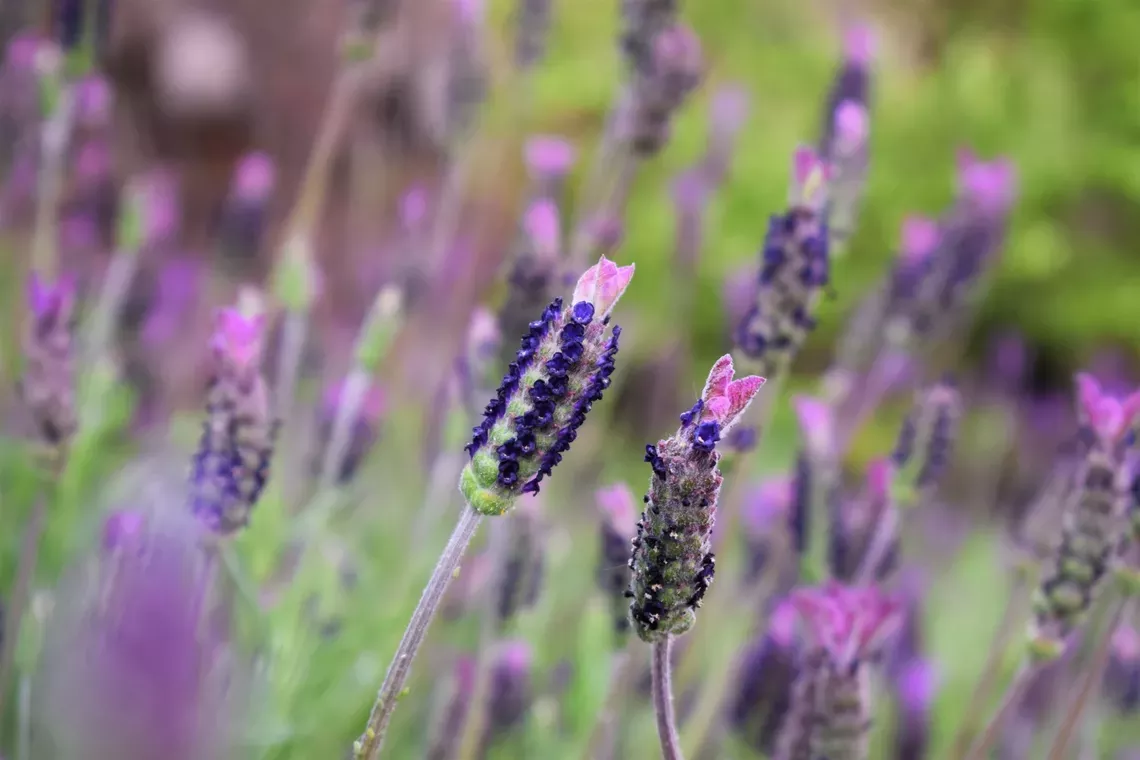
Lavender facts
- Lavender is commonly recognised by its blue or purple flowers, however there are yellow and pink varieties.
- Lavender comes from the mint family, Lamiaceae.
- The buds and greens of lavender are used in teas, and parts of the plant can be used in chocolates and salads.
- Bees can make lavender honey, a floral-tasting sweet liquid.
- There are more than 47 known species of lavender and hundreds of hybrids and cultivars.
Make your own lavender eye pillow
Place this lavender-filled pillow over your eyes before bed or during a relaxing moment.
You can dry your own lavender too. Cut the flowers at the base of the stalks and hang up in bunches to dry out thoroughly. Rub the flowers into a jar to store them.
You will need:
- 30x10cm close-weave cotton fabric
- 3 tbsp dried lavender flowers
- 150g linseed
- A needle and thread, pins, scales, jug and sharp scissors. (If you have one, a sewing machine would help you get tight stitches).
- To make the pillow, fold the fabric in half, lengthways. Baste or pin together the long side, and along one short side. Leave a 1cm seam allowance and machine stitch the edge of the pillow together, leaving one short side open. Turn right side out and iron.
- Mix the lavender and linseed together in a jug, then pour into the pillow and fill it up to two-thirds full.
- Fold the open edges of the bag inwards, iron the seam, baste or pin in place then machine stitch closed.
